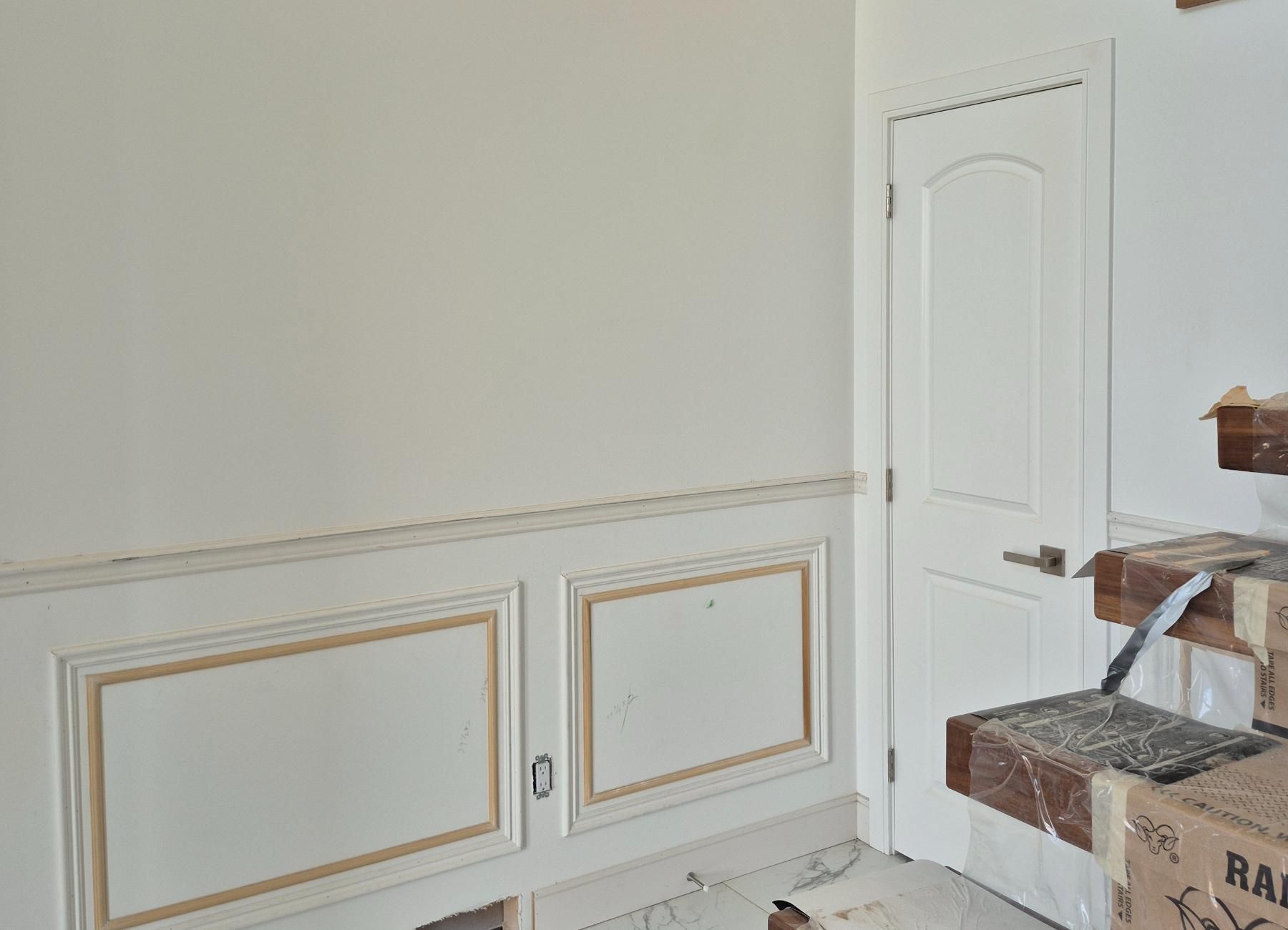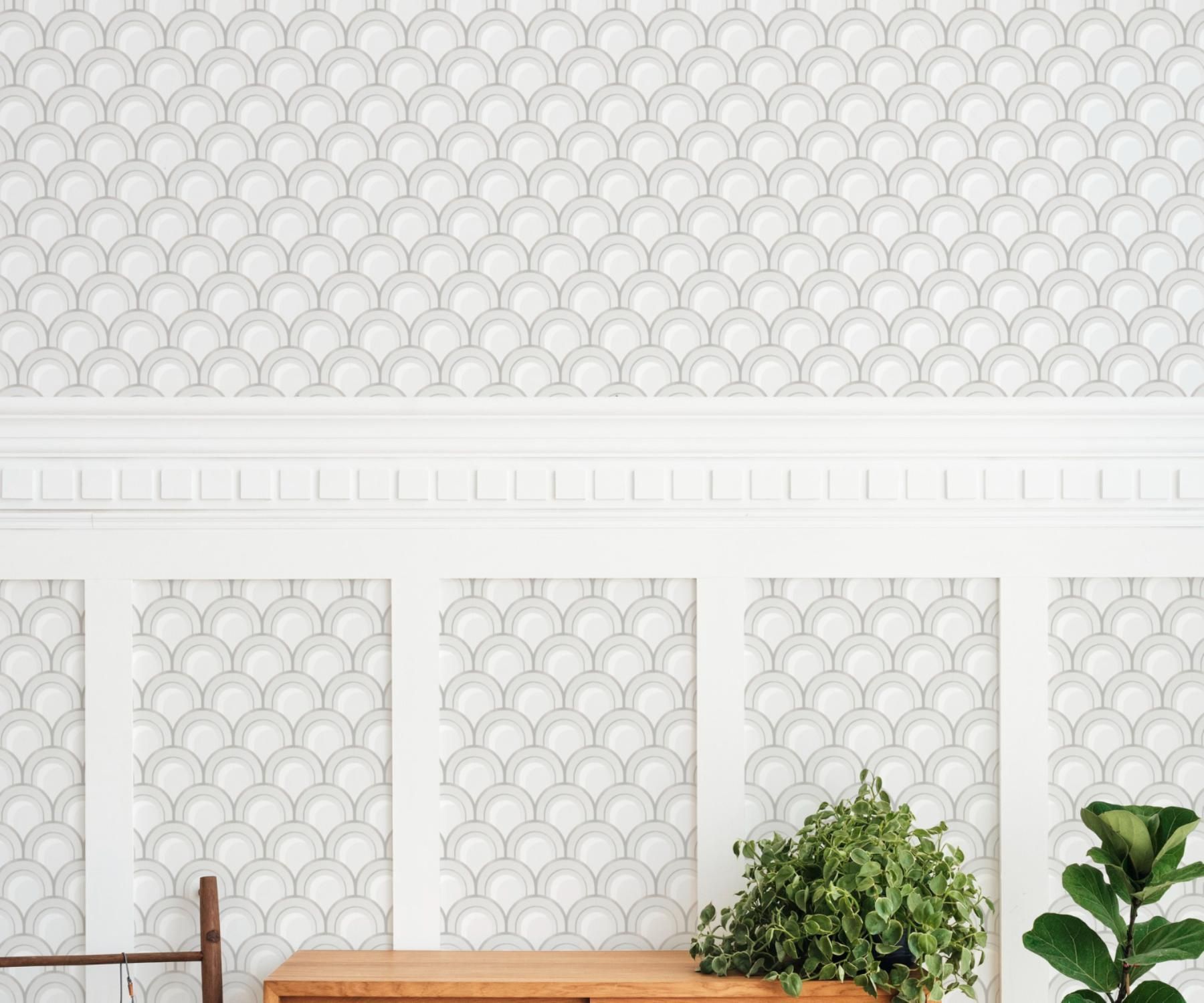How Many Coats of Paint Do I Need?
Painting might seem simple—brush, roll, done. But anyone who's tackled a room makeover knows the number of paint coats isn’t just a guess. It's a calculated decision influenced by everything from the wall's texture to the paint’s formula. Knowing what affects coat count can save time, money, and plenty of frustration down the line.
Paint Coverage Factors That Determine Coat Quantity
Several variables quietly affect how many coats of paint a project will need. The type of paint used—whether it's oil-based, latex, or acrylic—can make a significant difference in how well it spreads and how much it covers. High-quality paints tend to have better pigments and binders, allowing for fuller coverage in fewer coats. Budget paint might cost less upfront but often requires more layers to get the same look.
The color you start with compared to the one you want to achieve matters too. Going from a dark red to a light gray, for example, almost always takes more paint than switching from beige to a similar tone. Light colors tend to need more coverage when painting over anything darker, and bright shades like yellows and oranges often demand extra layers because of their lower opacity.
Surface Porosity and Its Effect on Paint Layers
Porous surfaces like bare drywall, brick, or raw wood tend to absorb paint rapidly. That absorption weakens the color’s saturation, forcing the painter to apply additional coats just to get even, rich coverage. If the first coat sinks deep into the material, the second—or even third—may be necessary to form a visible surface layer.
On smoother, sealed surfaces, paint behaves differently. It sits on top, distributing more evenly, which often results in better coverage with fewer coats. Understanding how absorbent your walls or surfaces are can guide you to apply the right number of coats the first time without surprises halfway through the job.
Understanding Color Intensity and Coverage Requirements
Colors with high intensity—like bold reds, deep blues, or vibrant greens—carry pigment loads that don’t always spread evenly in one coat. These tones tend to look streaky at first because the pigment saturation requires time and layering to build up. Trying to shortcut the process with one heavy coat usually results in uneven spots and long drying times.
Lighter shades may seem easier, but they bring their own challenges. Whites, pastels, and other soft hues don’t always mask darker base colors easily. Even over primer, these lighter tones may need a second or third coat to get that crisp, uniform appearance that looks good from all angles.
Primer Influence on Final Coat Numbers
Primer plays an underappreciated role in the painting process. It creates a consistent surface that helps paint stick better, dries faster, and spreads more evenly. Applying a primer coat often reduces the number of paint coats needed, especially when switching between drastically different colors.
Skipping primer can be tempting, but it usually leads to more work later. Without primer, the topcoat may not bond well, leading to blotches or streaks. A simple layer of primer may eliminate the need for a third coat, saving time and money in the long run. It's especially useful on new drywall, stained surfaces, or glossy walls that resist paint adhesion.
Impact of Finish Types on Coating Thickness
Paint finish—whether it's matte, eggshell, satin, semi-gloss, or high-gloss—affects how thick each coat feels and how many you’ll need. Flat or matte paints often require more coats because they lack reflective quality and absorb more into the surface. These finishes also show scuffs more easily, sometimes prompting a second coat just to even out touch-ups.
In contrast, glossy finishes tend to go on thicker and reflect light, which helps mask imperfections. However, their shine can emphasize roller marks or thin areas, requiring a careful hand and often an extra coat to look smooth. Knowing how the finish behaves helps determine coat count before opening the can.
Role of Surface Condition in Coat Application
The condition of the surface being painted can silently increase the number of coats needed. Walls with peeling paint, cracks, or uneven textures absorb paint unevenly, creating inconsistent patches. Even small imperfections become noticeable after the first coat dries, making a second or third pass necessary for a clean finish.
Prepping the wall by sanding, patching, or washing it down can make a huge difference. A clean, smooth wall holds paint more effectively, reducing waste and the need for extra layers. Time spent on preparation often pays off in fewer coats and better results.
When to Consider Additional Paint Layers for Durability
In high-traffic areas like hallways, kitchens, or children's rooms, more paint coats mean better durability. Even if a wall looks good after one coat, adding another can protect it against daily wear and tear. More layers create a thicker barrier that resists moisture, scuffs, and stains longer than a single application.
Exterior surfaces, too, benefit from extra layers. Wind, rain, and sun can wear down paint faster outdoors, and more coats offer extended protection. Taking time to apply additional coats in these zones ensures the paint job lasts, reducing the need for touch-ups or re-dos.
Cost vs. Quality—Balancing Coats for Lasting Results
Using cheaper paint often leads to more coats. Lower-quality formulas have less pigment and weaker binders, which affects how well they cover and how long they last. It may seem cost-effective initially, but by the third or fourth coat, the savings vanish. Investing in a high-quality product up front often means fewer coats and less labor overall.
Balancing cost and quality also involves thinking about the long-term. A quality paint job done with the right number of coats lasts years longer than a rushed one. Fewer repaints down the road means lower overall maintenance costs and better-looking walls for longer.
Give Your Walls the Professional Touch with Revive Painting—Reliable, Beautiful, and Built to Last
Choosing how many coats of paint to apply shouldn’t feel like a guessing game. Every wall, room, and project has its own story—and the team at Revive Painting knows how to read it. Whether it’s matching bold new colors or refreshing tired surfaces, our experienced painters understand the subtle details that make a job last. We prepare surfaces the right way, choose premium paints, and apply every coat with purpose.
Revive Painting doesn’t just deliver pretty walls—we deliver smart, durable solutions backed by years of hands-on expertise. From choosing finishes that match your space to deciding the exact number of coats needed for lasting beauty, they handle it all with professionalism and care. Contact us today to schedule your consultation and bring your space to life with confidence. Visit Revive Painting to learn more and get started.


